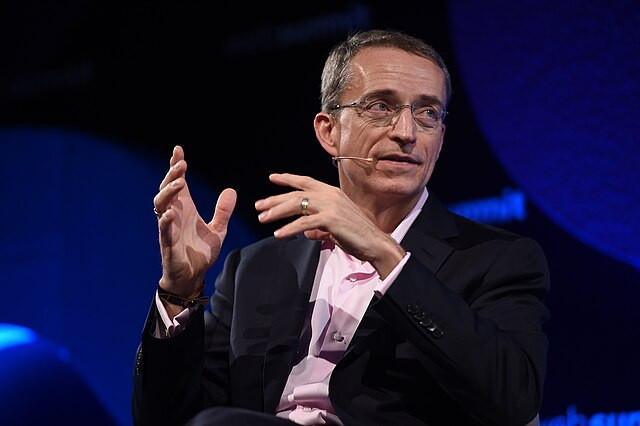Intel announced Monday that its CEO, Pat Gelsinger, has stepped down effective December 1, concluding a nearly four-year tenure marked by ambitious goals, intense competition, and significant financial challenges. Gelsinger's departure follows a turbulent period for the semiconductor giant, which has struggled to keep pace with industry rivals amid a rapidly evolving market landscape.
CFO David Zinsner and General Manager MJ Johnston Holthaus have been appointed as interim co-CEOs while the company searches for a permanent replacement. Frank Yeary, Intel's longest-serving board member, will serve as interim executive chair. Following the announcement, Intel's stock rose nearly 4% in early trading.
"It has been a challenging year for all of us as we have made tough but necessary decisions to position Intel for the current market dynamics," Gelsinger said in a statement released by the company.
Gelsinger's return to Intel in 2021 was heralded as a potential turning point for the struggling company. A veteran of the semiconductor industry, Gelsinger had previously spent decades at Intel, including as its first chief technical officer, before leaving to lead VMware. Upon his return, he outlined an ambitious plan to reclaim Intel's leadership in chip manufacturing and innovation, a position it once dominated.
Gelsinger's strategy included significant investments in U.S. manufacturing, positioning Intel as a key beneficiary of the CHIPS and Science Act, which allocated billions in government funding to support domestic semiconductor production. Intel secured a $7.86 billion grant under the program, earmarked for expanding its chip fabrication facilities in Arizona and Ohio.
Despite these efforts, Intel's performance under Gelsinger fell short of investor expectations. The company's stock price has dropped 52% year-to-date and plunged 61% over the course of his tenure. At its lowest point this year, Intel's market capitalization briefly dipped below $100 billion, a stark contrast to its once-dominant position in the industry.
Intel's decline has been exacerbated by its failure to capitalize on the AI boom. While rival Nvidia emerged as a leader in AI-optimized chips, achieving a market valuation of $3.4 trillion, Intel lagged behind, struggling to compete in this critical sector. The company's missed opportunities in AI further eroded investor confidence and highlighted the challenges it faced in adapting to a rapidly changing market.
In August, Intel reported its worst quarterly results in five decades and announced plans to cut 15% of its workforce as part of a $10 billion cost-reduction initiative. The layoffs and restructuring efforts underscored the depth of the challenges facing the company as it sought to navigate an increasingly competitive landscape.
Gelsinger's resignation has also raised questions about Intel's governance. Earlier this year, the company lost Lip-Bu Tan, its last board member with semiconductor expertise, leaving a gap in technical oversight. Reports of internal discord and a dysfunctional acquisition strategy have further compounded concerns about the company's leadership and strategic direction.
Frank Yeary, now interim executive chair, acknowledged the need for decisive action to restore investor confidence and streamline operations. "With Dave and MJ's leadership, we will continue to act with urgency on our priorities: simplifying and strengthening our product portfolio and advancing our manufacturing and foundry capabilities while optimizing our operating expenses and capital," Yeary said in a statement.
The next CEO will face significant challenges, including navigating Intel's pivot to manufacturing processors for competitors like Apple, a move that puts the company in direct competition with industry leader TSMC. This strategy, while central to the Biden administration's push to revitalize U.S. chip production, carries substantial risks and underscores the complexities of Intel's transformation.






